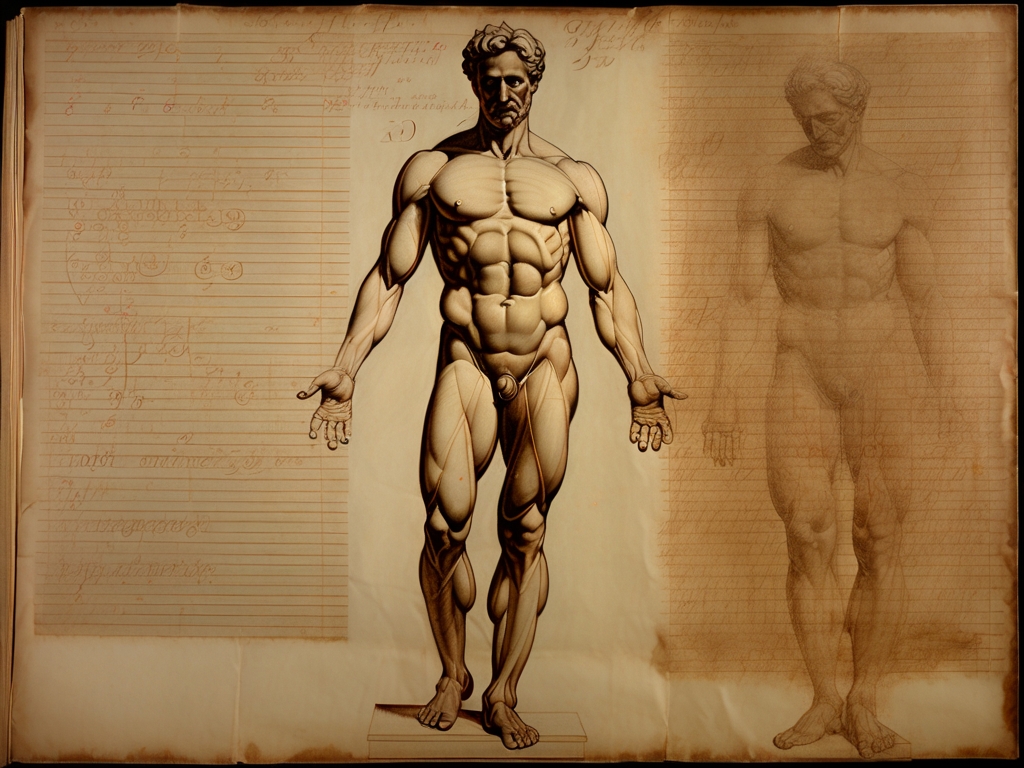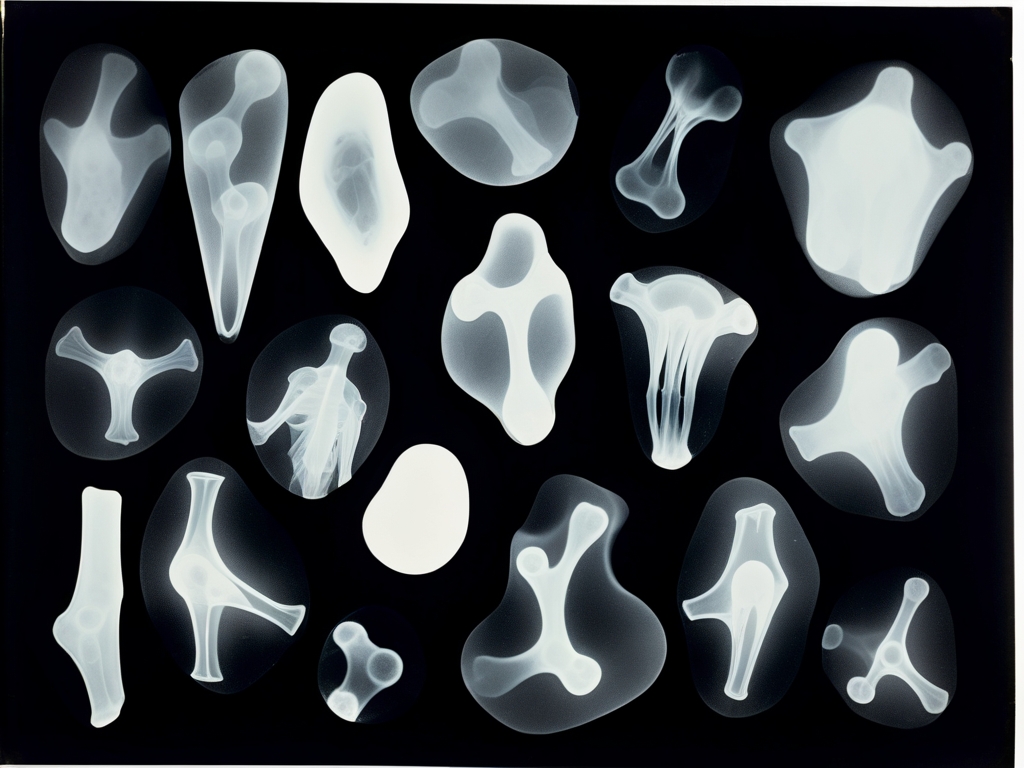The Shimmering Vessel

Nestled within the Ravensfield Collection’s most enigmatic gallery stands a prehistoric sculpture that eludes all conventional archaeological understanding. This carved stone figure, roughly the size of a seated woman, represents a fertility goddess adorned with intricate swirling motifs weaving across her arms and torso. Its surface catches light in an uncanny manner, as if a subtle, otherworldly luminescence pulses softly from deep within the mineral itself.
Carbon dating places this mysterious artifact at some fifteen thousand years old—long before any known civilization could have fashioned such an object. The carving technique is nothing short of miraculous for its time: microscopic incisions trace delicate patterns resembling neural pathways etched into the stone’s cortex, hinting at an anatomical knowledge of the brain that would only arise millennia later.
The sculpture first emerged in 1923 when abstract painter Lysander Vex uncovered it beneath the floorboards of his Montmartre studio. Drawn immediately to its strange radiance and meticulous craftsmanship, Vex made the figure his sole muse—positioning it before him as he created increasingly surreal canvases depicting fragmented human forms dissolving into geometric abstraction.
Within mere months, Vex’s vision underwent a profound metamorphosis. His paintings abandoned representation entirely, becoming swirling maelstroms of color and shape that seemed to live and breathe under viewers' eyes. Observers reported unsettling sensations of disorientation; many claimed the canvases pulsed with an organic rhythm beyond mortal comprehension.
Vex’s private journals from this time reveal a descent into psychological turmoil: he describes whispered dialogues with the stone goddess herself—commands to “paint the spaces between thoughts” and “capture self’s dissolution.” His once-precise script devolved into cryptic symbols indecipherable even to linguists.
His final masterpiece, titled *The Unbecoming*, portrayed a human figure fracturing into countless geometric shards while preserving anatomically perfect proportions echoing those of the fertility statue. Witnesses called it hypnotic; prolonged gazing induced dissociative episodes during which they temporarily lost all sense of self and corporeal boundaries.
Then on December 21st, 1923, Vex vanished without a trace from his studio. Investigators found only the ancient stone sculpture alongside his final painting—now inexplicably coated with fresh layers despite no signs of recent activity. For weeks after his disappearance, The Unbecoming continued transforming spontaneously: new images emerged seemingly from nowhere deep within its painted depths.
This eerie evolution ceased only when Madame Celeste Ravensfield intervened, removing the artifact from Vex’s domain. She recounted an immediate psychic resonance with the goddess figure—a cascade of vivid visions revealing prehistoric rites where shamans used similar objects to breach transcendent states of consciousness and ignite creative fire.
Today, visitors stand before this haunting deity and speak often of profound psychological reverberations—from bursts of inspired creativity to fleeting moments when their very sense of identity wavers and expands beyond personal confines into something evocative yet ineffable—a pulse caught between worlds shimmering on eternal cusp.
"This sculpture represents humanity's first recorded attempt to materialize the liminal space between individual consciousness and collective unconscious." - Dr. Emmeline Blackthorne, Paranormal Archaeology




